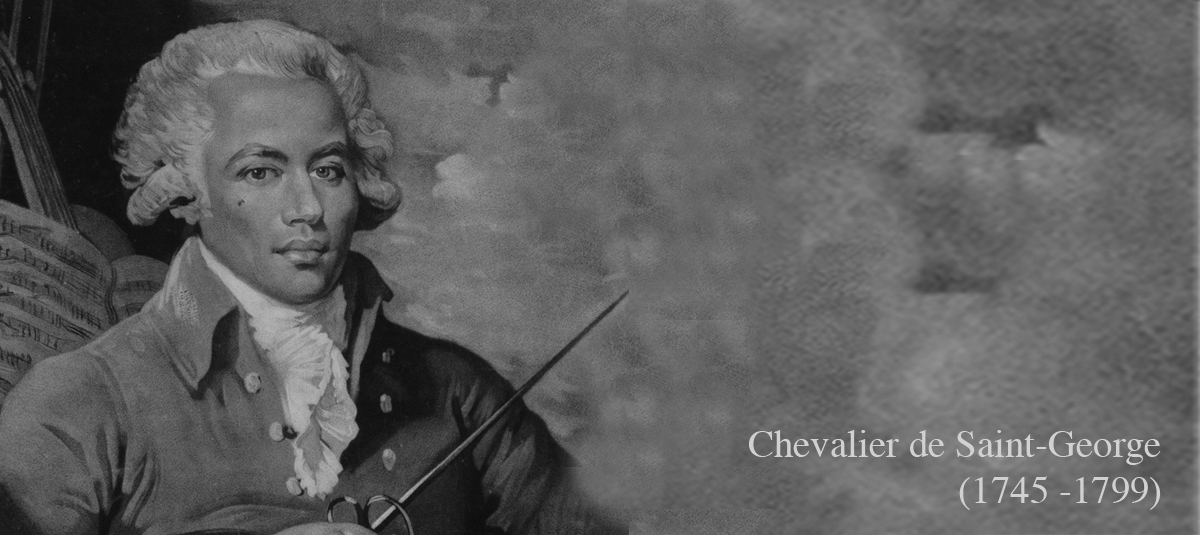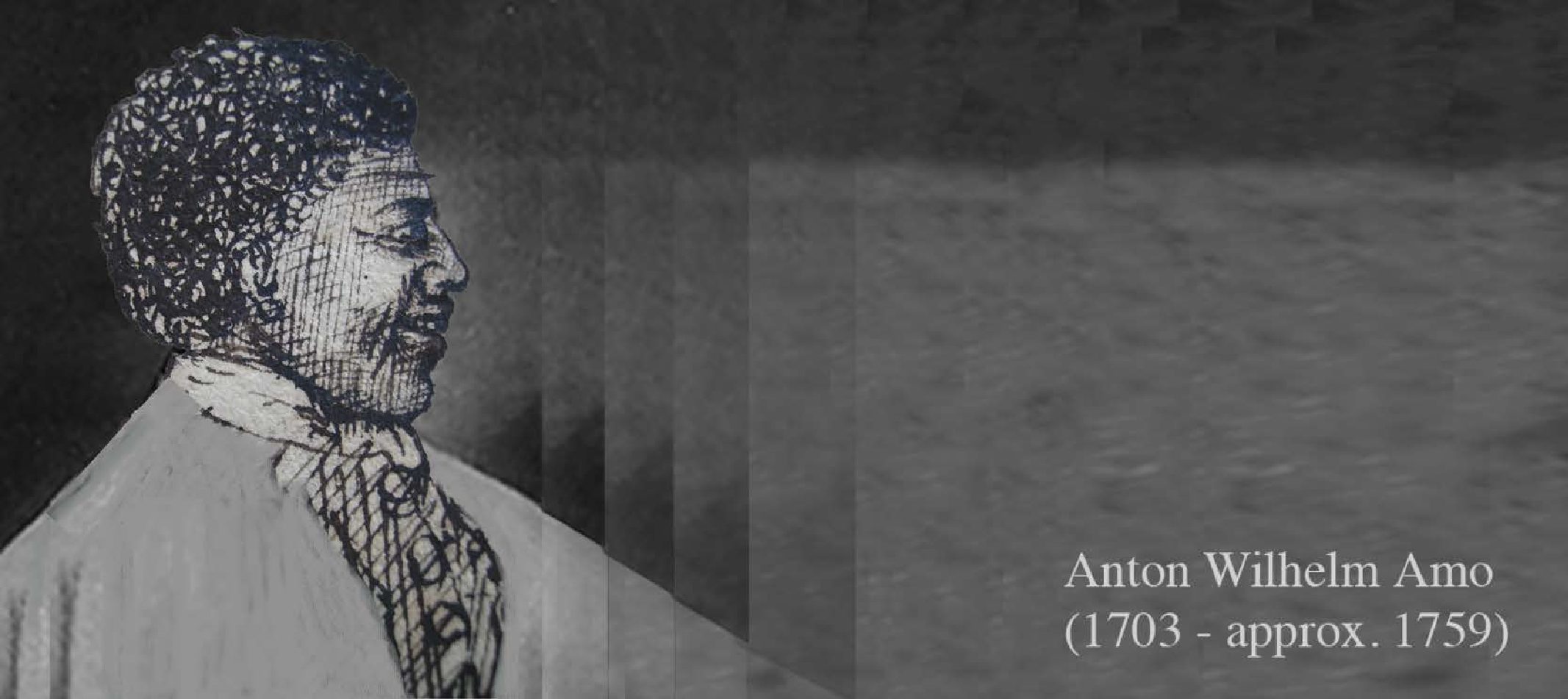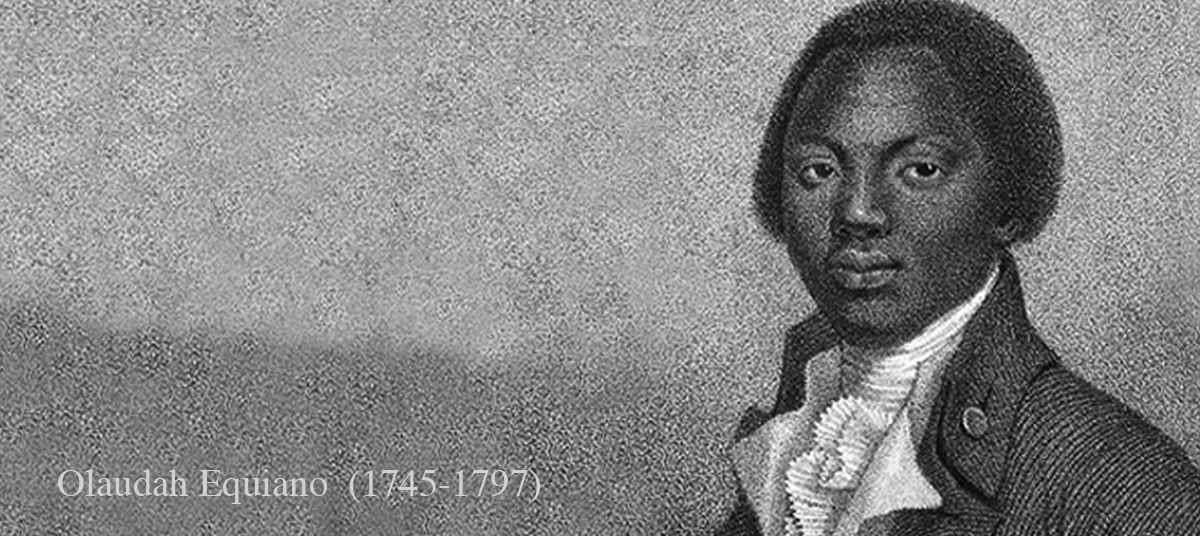
Another subtextual component may be the writers’ managing their own official agnosticism about ultimate reasons and issues
To information states of “astonished radar operators” tracing the just-deceased daddy Divine leaving earth’s the law of gravity after a celestial establish by their supporters, the writers reply agnostically: “You never know, 1000 many years from today, though extremely unlikely, the world may worship a God, Oklahoma City OK sugar baby combusted in Harlem, exactly who flew returning to paradise in a historical plane” (232). Right here the sound of Zellner, a past chairman of the connection your study of faith, can be implying that these a tale is as believable–or unbelievable–as the virgin birth and resurrection of Christ. On the other hand, the authors have no stress ascertaining your membership collapse soon after pops Divine’s surprising death (he had been thought immortal) “could have been solved” since “[o]ther teams posses faced and solved comparable hurdles” (235). Nor perform some authors question that grandfather Divine, despite their brooking no dissent from supporters, got “a person of countless benefits” (238).
This repeated heart of authorial conjecture, while energizing in an academic research, usually enhances the matter “how can they understand?” Such as, Kephart and Zellner warn you to not infer a lot of through the Amish decreased passion in public: “In private, they truly are doubtless as caring as various other class” (36). Truly? This indicates at least arguable that Amish spouses take medium less enthusiastic than, by way of example, had been san francisco bay area’s “polyfidelitous” Keristans, who explicitly forbade general public concerts of love but wrote and spoke passionately of their exclusive amorous zeal. In judging the late-nineteenth century Oneida neighborhood “the essential revolutionary social test America had previously observed” (54), the authors frequently forget the much previous Shakers, whoever communism, celibacy, and contributed management by girls and men–not to say their particular much better rates and longevity–were about because revolutionary as Oneida’s communism, male continence, and eugenics.
An additional example of unscholarly opinionation, the authors resist the incompleteness of historic records inside their sweeping judgment of Oneida’s victory in implementing its intimate policies: “through the entire total with the society’s existence, there had been no elopements, no orgies, no exhibitionism. Nor was there any example of homosexuality, sadism, masochism, or other sexual activity that will happen thought about reprehensible because of the expectations after that present” (80). These types of guarantee would call for voyeuristic energy trips into the rooms of most Oneidans for each day over half 100 years. Certainly, truly particularly in intimate things that the authors’ judgments normally exceed their information. Rejecting all the explanations for Mormon polygamy, such as male lust and male dominance, Kephart and Zellner come to be omniscient observers, concluding: “The Latter-day Saints used polygamy for 1 cause and something reason merely. They certainly were believing that the application was indeed ordained by goodness . ” (250). Discriminating people may think 2 times when they discover that “it is the upper-level Mormon men–especially those on top of the chapel hierarchy–who were probably to simply take plural wives” (251).
We hasten to include that these scholarly lapses will be the exception to this rule, maybe not the rule, contained in this generally admirable guide. The authors introduce sociological conditions, like “latent” versus “manifest” applications, in an informative instead of an intrusive way. Their own freely private wedding with the subject areas encourages an equally personal reaction when you look at the reader. As an example, the blended outcomes they report within interactions with Gypsies reminded me personally, throughout the one hand, of being instructed by Gypsy youngsters how to extract pinon peanuts from pine cones in a campground in Casablanca, and, on the other, of getting my personal pocket chose by Gypsy youngsters in Rome. I additionally grabbed unique mention of this authors’ second-hand, 1990 report that “[s]trangers aren’t pleasant” (277) within the still-polygamous, fundamentalist-Mormon twin areas of Hildale, Utah, and Colorado urban area, Arizona, in which my fellow public scholars and I also treasured simply the opposite reception in fall of 1999. And that I noticed a pang of shame while I learned that Jehovah’s Witnesses–whom I delayed yet again this very day–“uniformly regard the getting rejected they come across inside their missionary work as persecution . ” (312)!
Kephart and Zellner, both people exactly who “were born and brought up in Pennsylvania” and are naturally interested in the Old Order Amish (3), aren’t perfectly representative of these people. For example, a feminist publisher would perhaps not casually remark associated with Amish that “[w]omen, incidentally, are not entitled to the clergy” (26). Similarly relaxed could be the writers’ utilization of the loaded label “cult” (faith good, cult terrible), that I desire they’d questioned for the pejorative, capricious, and unexamined software to those with whom the user disagrees. But all in all, the authors were both fair-minded and even-handed inside their treatment of eight extraordinary organizations whoever tale might help all of us gain a fuller viewpoint just on unconventionality but on ourselves.
Michael S. Cummings University of Colorado-Denver


